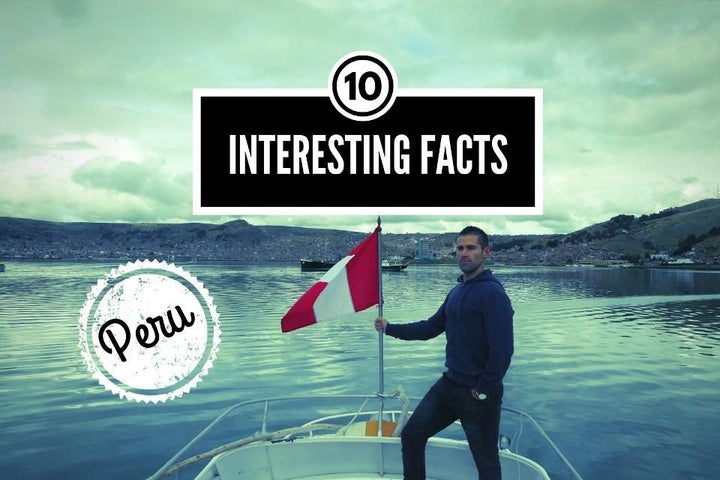
10 Interesting Facts About Peru
1. LAND OF THE INCAS: a mighty and influential Empire
Peru is famously known as the Land of the Incas. They came from the Peruvian highlands in the early 1200s and ruled for over 300 years until the Spanish conquered them in 1572. At its peak, the Inca Empire was one of the largest in the world, covering modern day Ecuador, Peru, Bolivia, Argentina and Chile.
Cusco was the most important city in this massive empire and Quechua was the main language spoken within this ancient civilisation.
The influence of the Incas is still prominent today. As well as the potato, Quechua is still spoken by almost 5 million Peruvians, and of course they left behind spectacular world wonders like Machu Picchu.
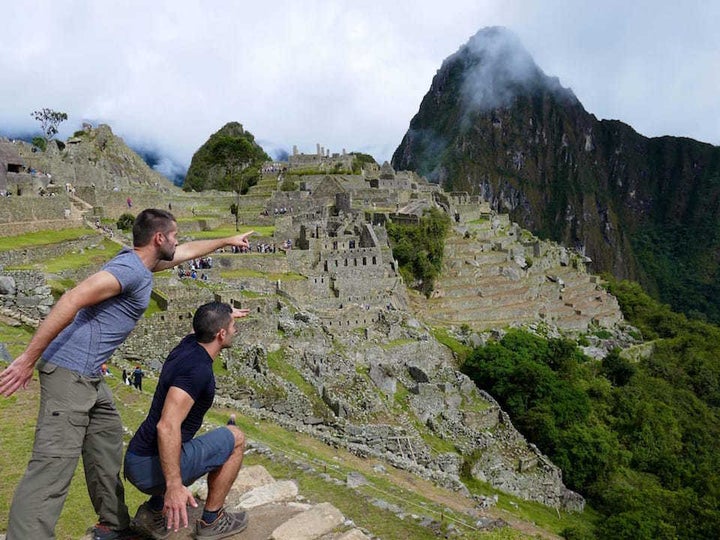
Machu Picchu!
2. CUY: the Inca guinea pig delicacy
Guinea pigs (cuy or cuyes for plural) used to be considered an important food source in ancient Peru, well before the Incas arrived in the 1200s.
This tradition has survived and today in most rural Andean households across Peru, families will keep tens and hundreds of cuyes scurrying around their kitchen floor. It’s estimated that Peruvians consume around 65 million cuyes every year.
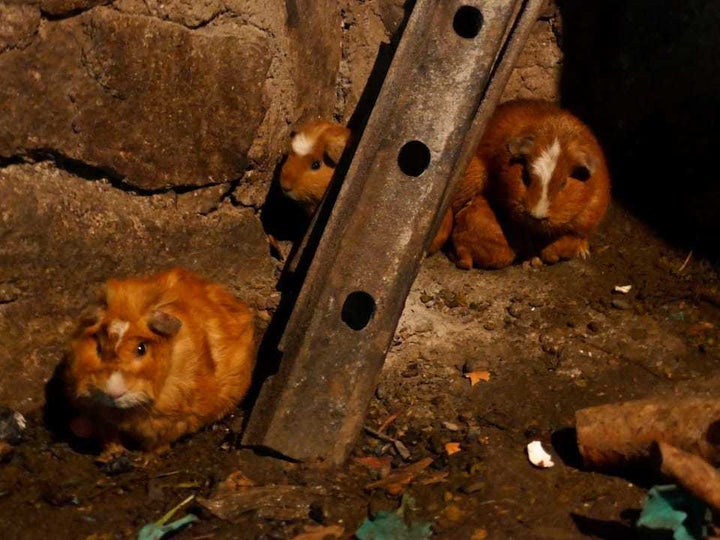
Cuy in Cusco
3. CANTUA: the Inca inspired national flower of Peru
The cantua is the national flower of Peru and found at elevations of over 1,200 metres (4,000 feet) in the Andes.
They are white, yellow, pink or red in colour and are elongated and bell-shaped. It was a popular ceremonial flower during the Incan Empire because they dedicated it to Inti, the sun god. This is why it is also known as the Sacred Flower of the Incas.

Cantua flower in Cusco
4. LLAMAS: the Andean horses
Llamas are ubiquitous throughout the country and another prominent legacy of the Incas.
Llamas are like the Peruvian horses, used by the Incas to carry things from A to B. They stand proud, like camels with beautiful bulging Bambi-like eyes. Their manure was also an important fertiliser used to cultivate corn at high altitude, allowing the Inca civilisation to flourish in the Andes and conquer much of South America. Llama dung was also used as fuel to cook and make ceramics.
Today they still carry goods from A to B for Andean families, but have come to serve more of a touristic purpose as well and can be seen posing in prominent places like Machu Picchu:
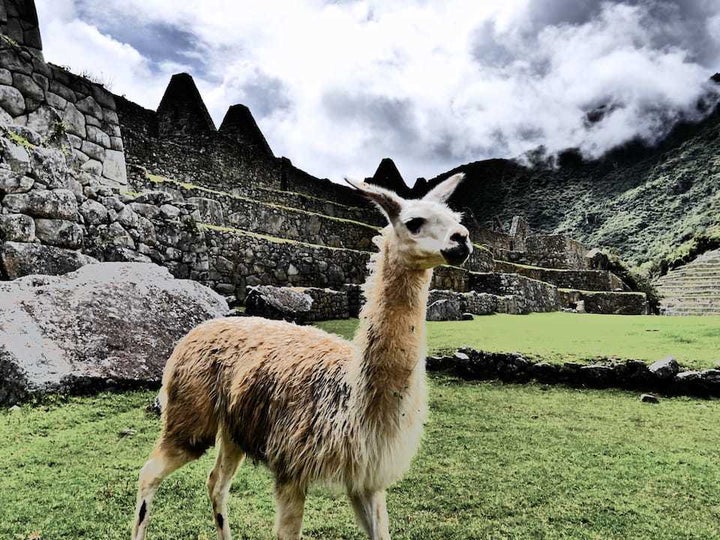
Llama wondering free at Machu Picchu
5. PISCO SOUR: famous cocktail and the National drink
Pisco Sour is the famous Peruvian cocktail that has become a staple in every decent cocktail menu worldwide. We’ve enjoyed many many Pisco Sours across our travels in Asia, throughout Europe and now in its birth place in Peru, specifically in Lima.
This cocktail of Pisco (a grape brandy) mixed with lime juice, egg whites and syrup was invented in the early 1920s at Morris Bar by its owner, Victor Vaughen Morris in Central Lima. It became so popular that it even has its own National Pisco Sour Day: the Día Nacional del Pisco Sour is celebrated on the first Saturday of February.
You can try out our recipe for Pisco Sour, courtesy of our friend Aaron from Lima:
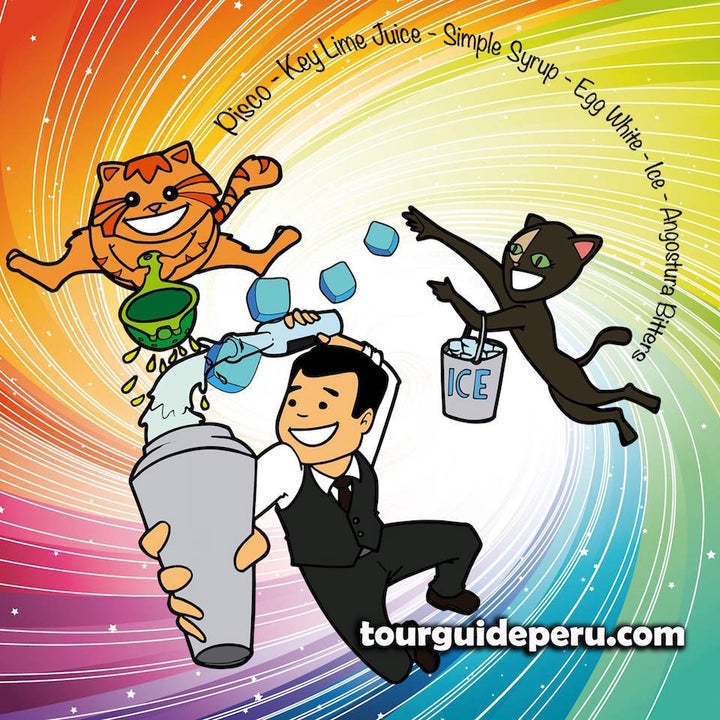
6. THE CULINARY HEART OF SOUTH AMERICA
If you ask anyone in South America where the best place for food is on the continent (even a Chilean!) most will say Peru. According to the World Travel Awards, Peru was voted the World’s Leading Culinary Destination for 2016, and has won the award every year since 2012.
Just like Penang is well known for being the foodie capital of Asia, Lima is the Latin American equivalent, famous for being the beating heart of the continent’s culinary scene. This is due to the large waves of immigration from Japan Africa, China and Europe over the last few centuries, which has brought with it many new cuisines. Over the years these have blended with the Andean to produce a mix of some of the best fusion food in the world.
Examples include Creole inspired tacu tacu rice and beans, or llomo saltado stir fry inspired by the Chinese immigrants in Peru.
For more, check out our 10 famous foods from Peru.
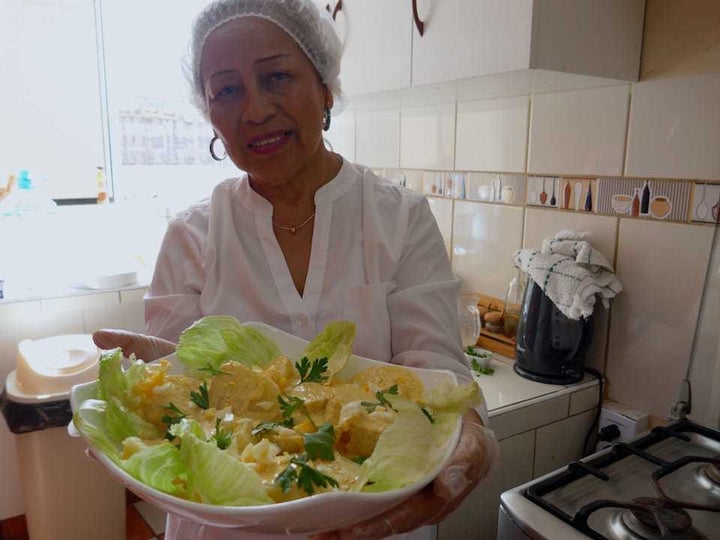
Our friend Aaron’s mother in Lima
7. PASTUSO: the famous bear from Deepest Darkest Peru
Pastuso is the Peruvian name of Paddington Bear. The story goes he was sent to London from Peru by his Aunt Lucy who could no longer look after him as she had to live in the Home for Retired Bears in Lima. He was found by the Brown family at Paddington railway station but because his Peruvian name Pastuso was too difficult for them to pronounce, they instead named him after the rail station they found him.
Paddington Bear is based on the Spectacled Bear, which according to Michael Bond’s famous story is in Deepest Darkest Peru: more specifically, in the North of the country, close to the border with Ecuador.
You can also visit his statue in Lima at the Salazar Park in Miraflores, near the Larcomar Mall.
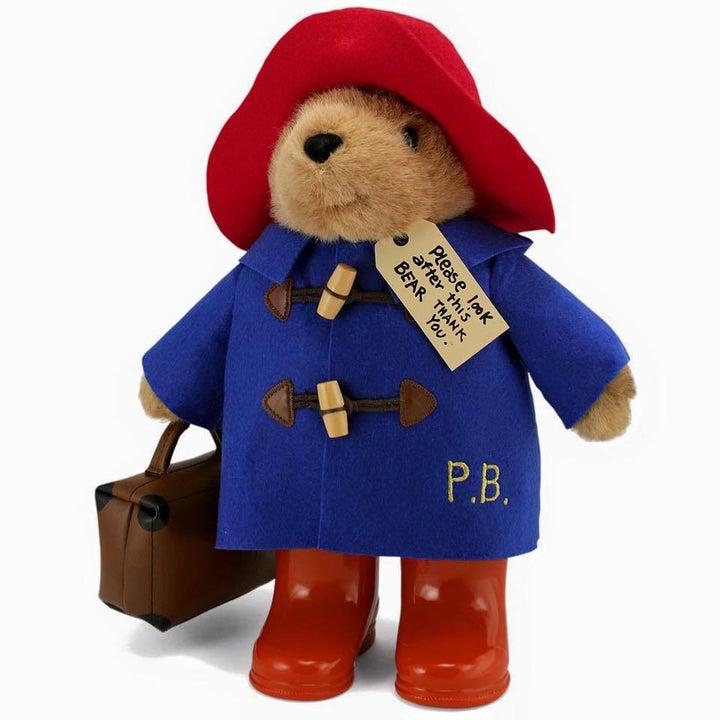
8. CREATORS OF THE PEANUT
The peanut plant is thought to originate from the foothill of the Andes in Peru. Anthropologists have found evidence of peanut cultivation here dating back at least 7,600 years. Once the Spanish invaders discovered it in the 1500s, it quickly spread in popularity across the world, especially in China and India who today are the leading producers of peanuts.
Funnily enough, even though peanuts originated here, Peruvians generally don’t eat them. At a Peruvian bar, you will most likely be served toasted corns instead of peanuts.
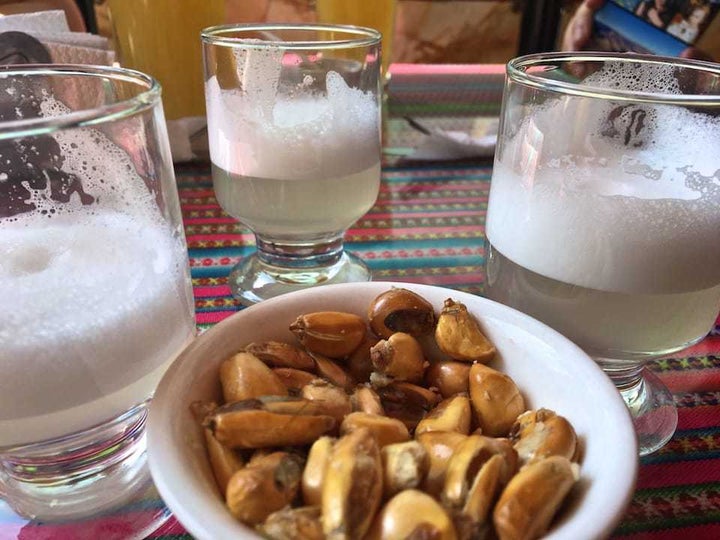
Toasted corns instead of peanuts in Peru!
9. QUEENS OF QUINOA
Quinoa (pronounced KIN wa) is an Andean plant which originated in the area surrounding Lake Titicaca straddling the border of Peru and Bolivia. It was cultivated by the Incas and has since been a staple food across the country.
Outside of Peru in the US and Europe, quinoa has become a fashionable superfood due to its immense health benefits: it is a source of protein, fibre, iron, copper, thiamin, vitamin B6, magnesium, phosphorus, manganese and folate. Phew!
Not to mention, it’s delicious, easy to cook and so versatile: you can prepare so many dishes with it like quinoa salads, sprinkle it on poached eggs, quinoa pancakes, quinoa soup and even quinoa sushi.
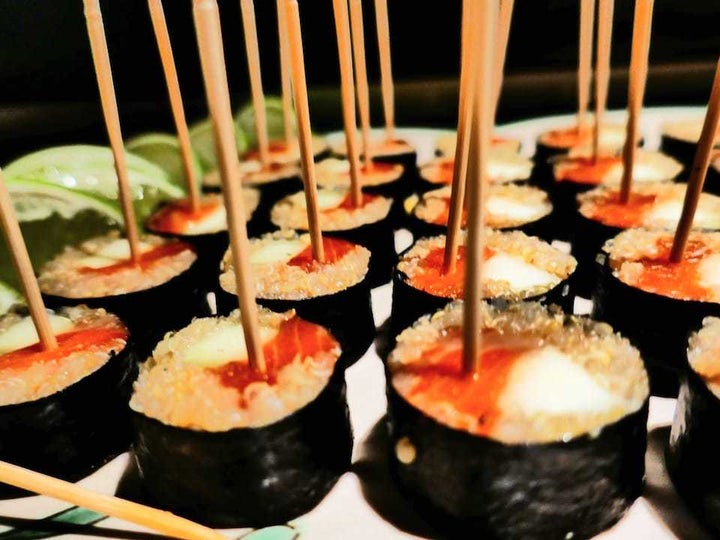
Quinoa sushi!
10. CREATORS OF TOMATOES
You thought tomatoes came from Italy? Guess again…
The wild tomato is in fact indigenous to the area now called Peru, Bolivia, Chile and Ecuador. The Aztecs further up the continent were the first to cultivate them and subsequently they were introduced to Europe by the Spanish in the 1500s.
Unlike most other new flavours discovered in Latin America, tomatoes struggled to be accepted by Europeans. At first they were scared of them, thinking they were dangerous and poisonous due to the red colour. Slowly they became accepted, and in the 1800s, commercial cultivation took off massively, and the rest is history!
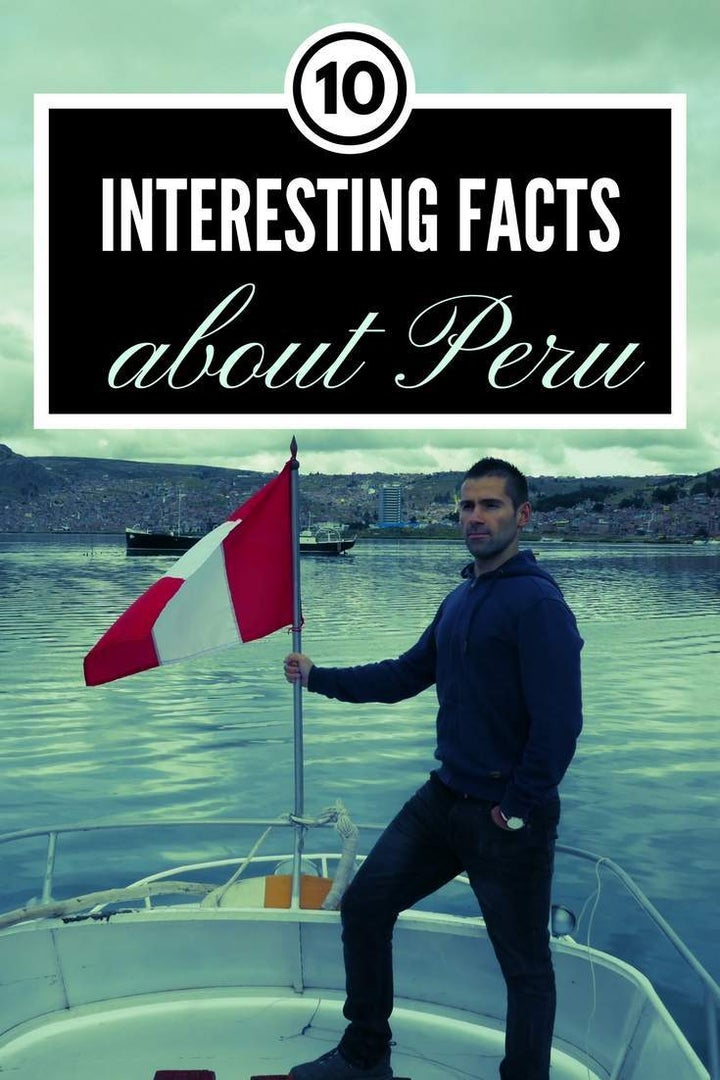
10 interesting facts about Peru you didn’t know
